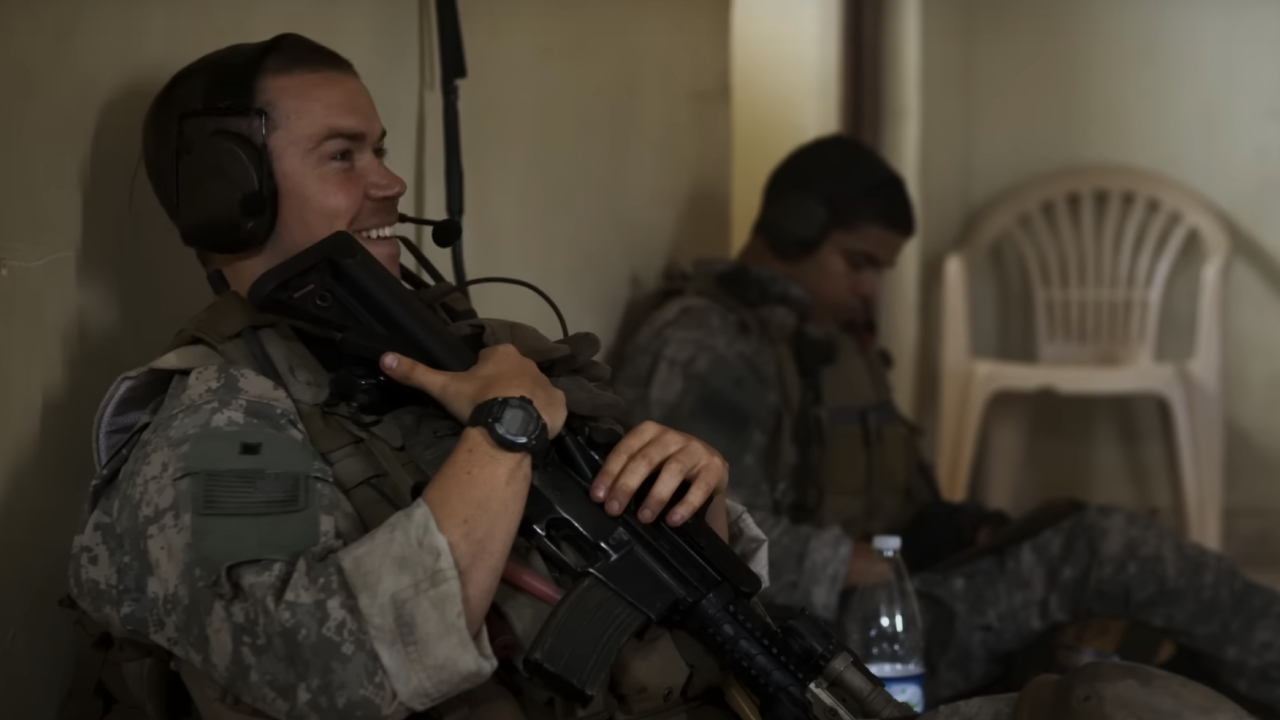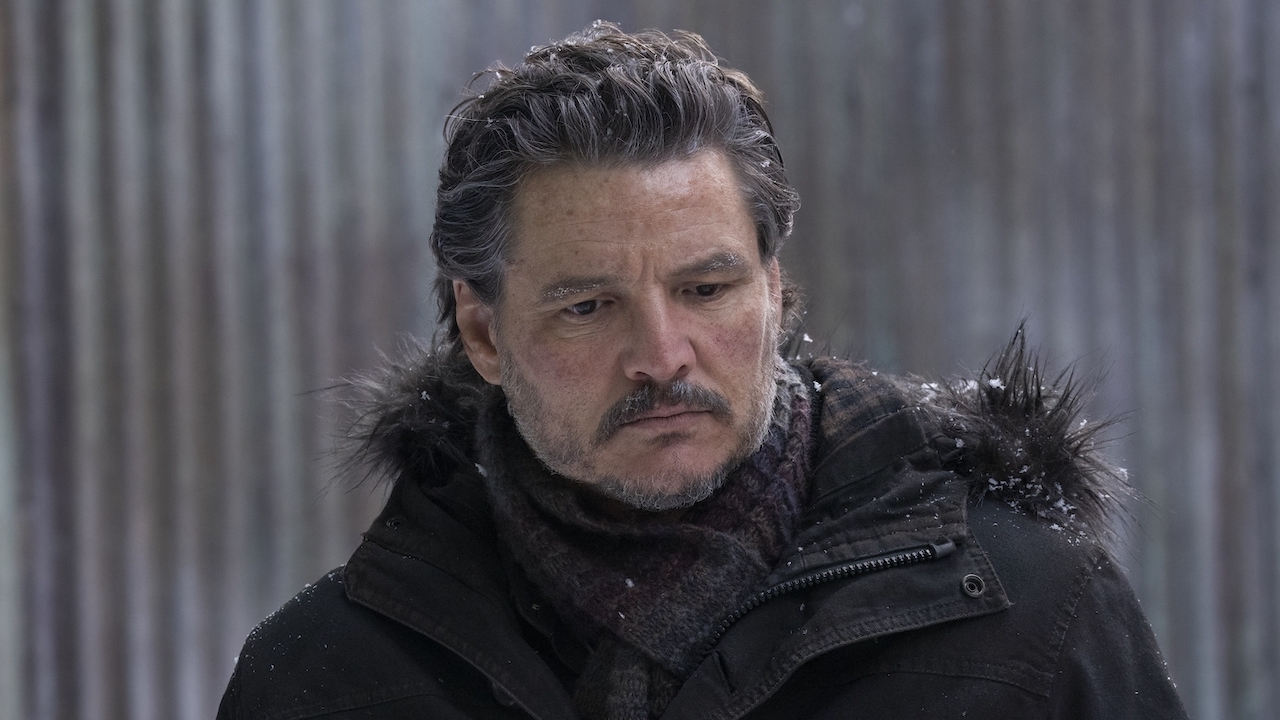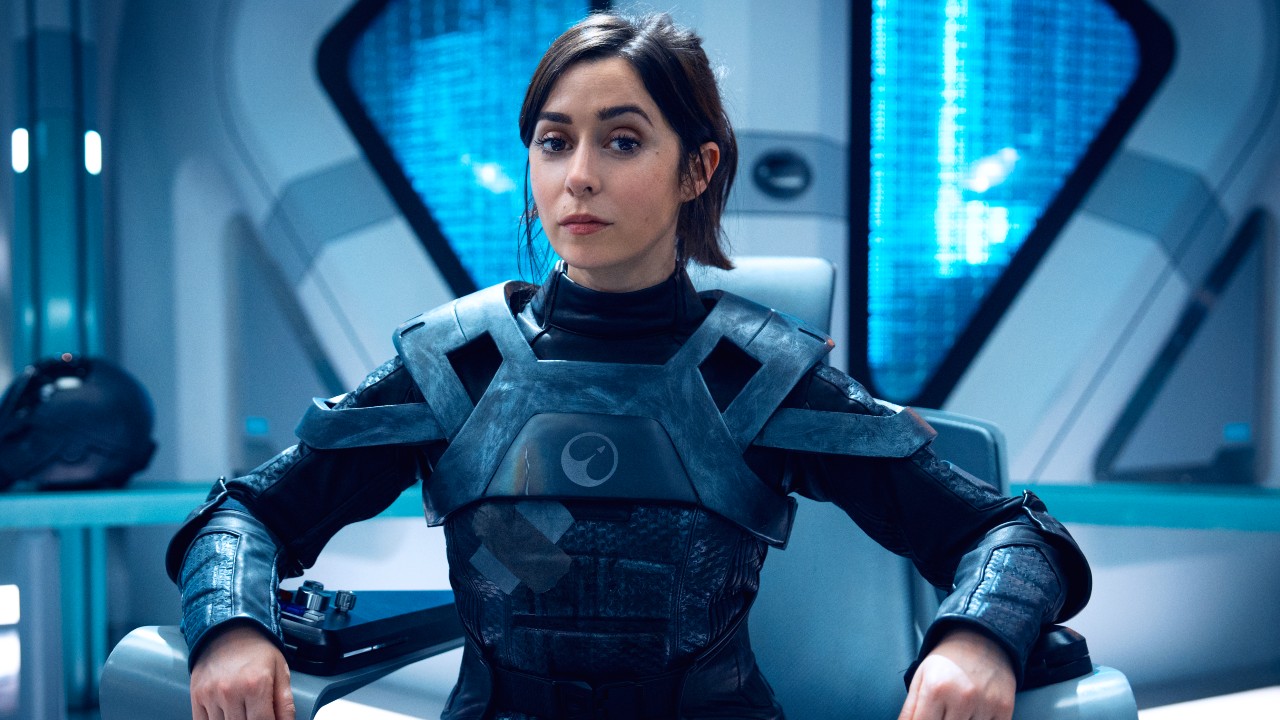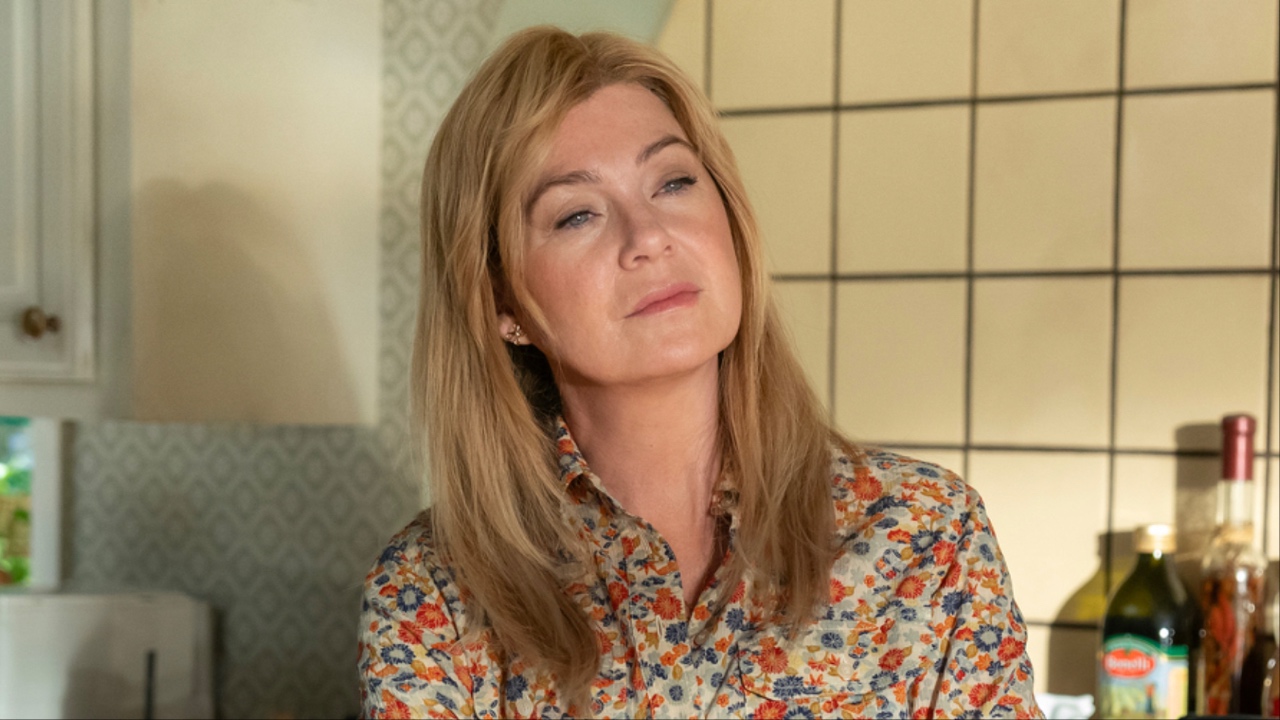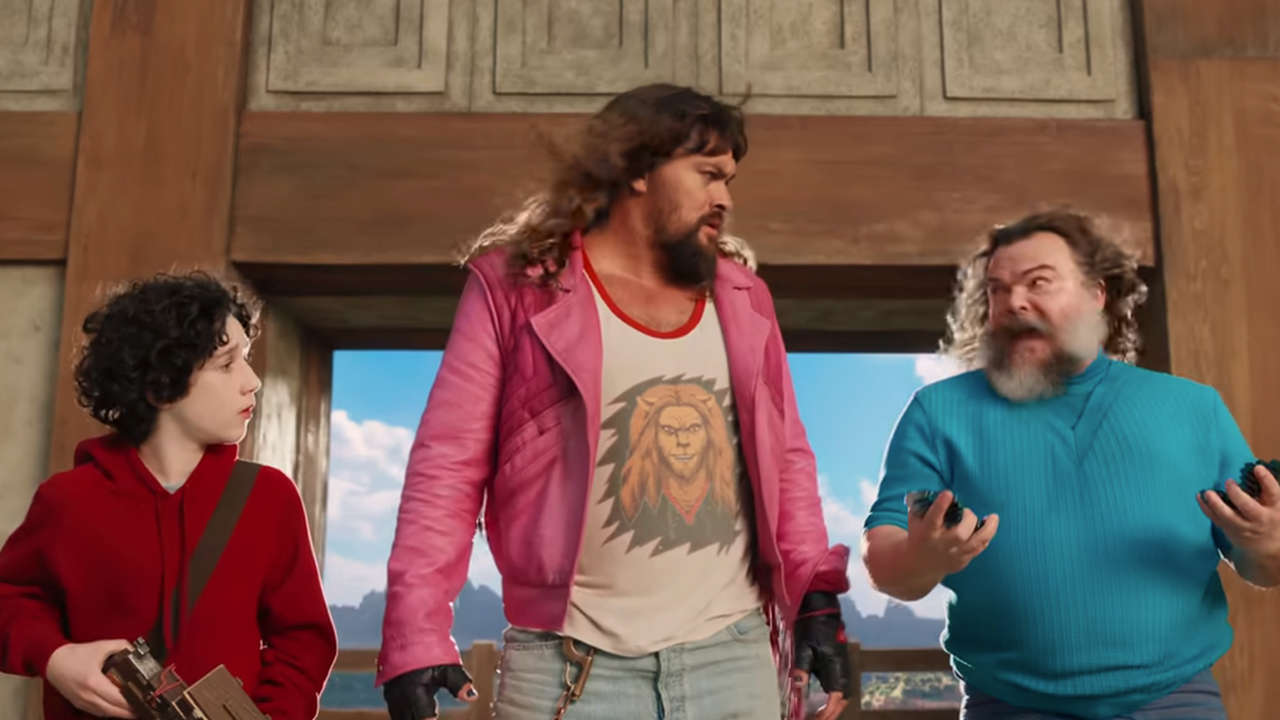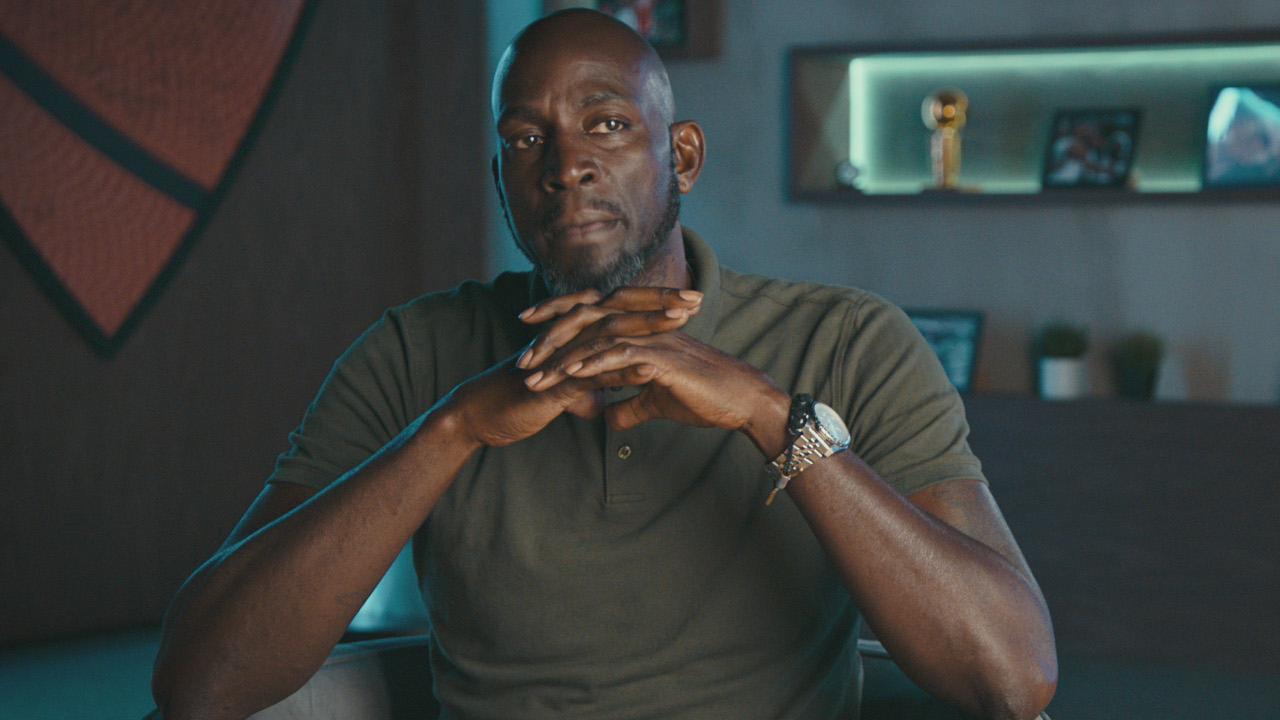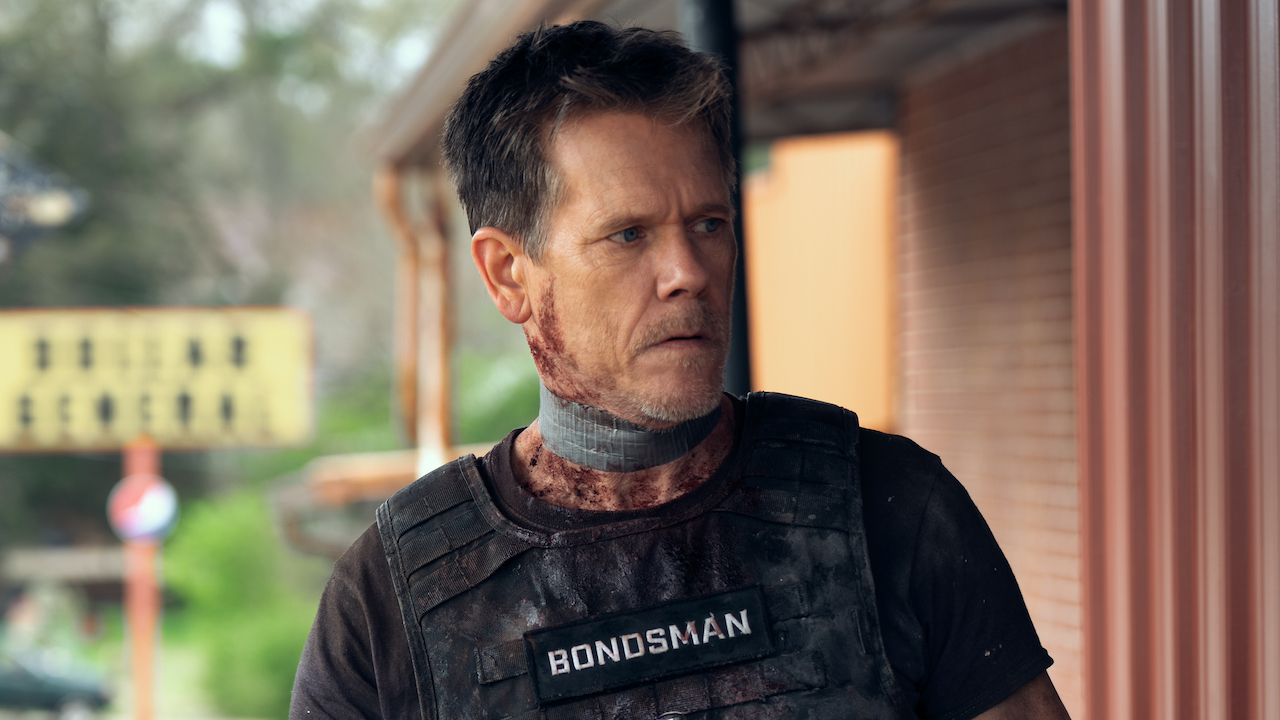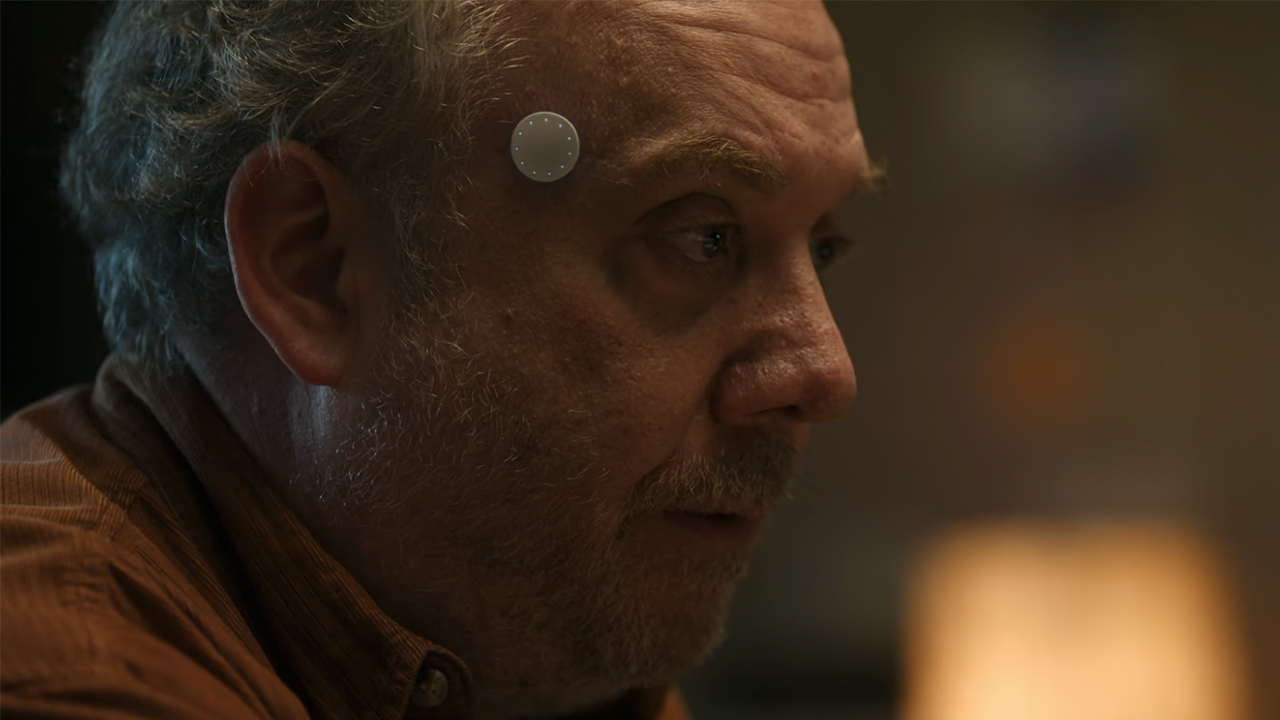Adapting Stephen King's Children Of The Corn: The 2009 Remake Proves That More Faithful Doesn't Always Mean Better
A faithful adaptation, but a miserable movie.
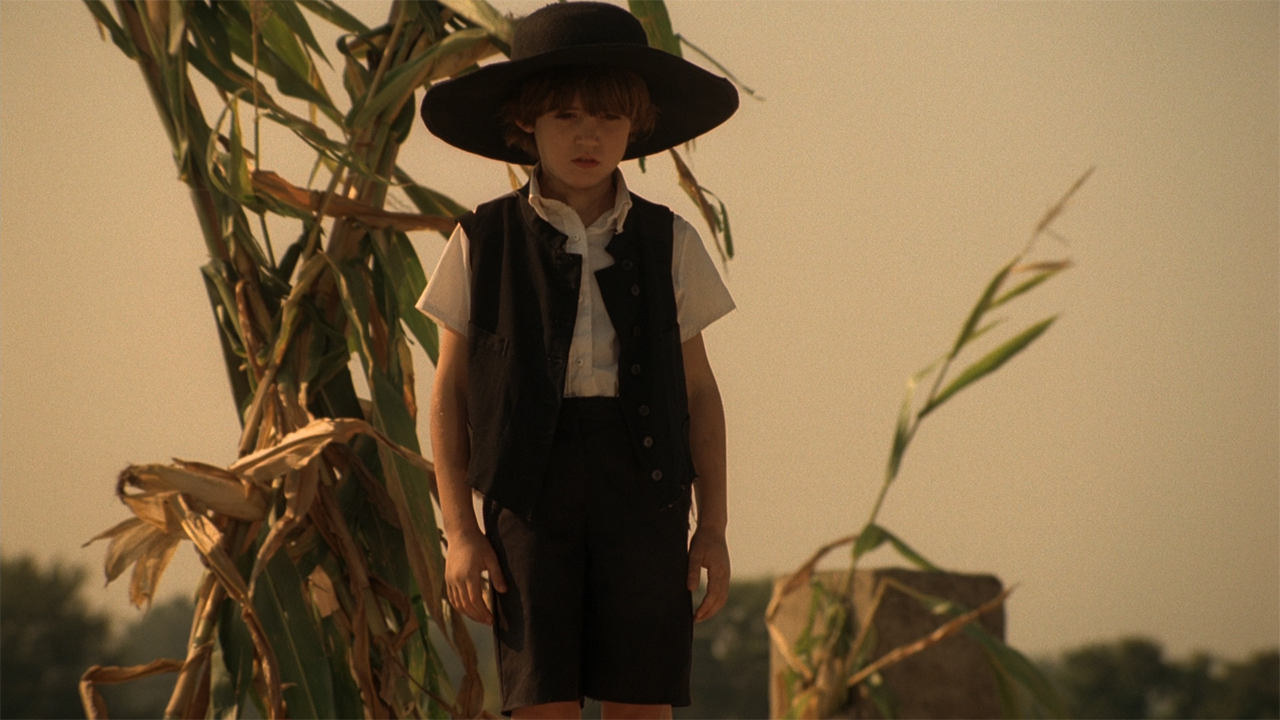
When the idea of bringing the short story “Children Of The Corn” to the big screen was first discussed in the early 1980s, Stephen King was heavily involved initially – but it led to behind the scenes conflict. As I chronicled in my column last year about director Fritz Kiersch’s adaptation, King wrote the original draft of the screenplay, but he ended up butting heads with screenwriter George Goldsmith, who was brought on to do rewrites.
The filmmaker decried King’s draft as being “not cinematic at all,” and the studio producing the film, Hal Roach Studios, ended up siding with him following a contentious phone call. The author’s vision for a feature film take on Children Of The Corn was sidelined.
Donald P. Borchers was a producer on the 1984 film, but decades later, according to Scott Von Doviak’s Stephen King Films FAQ, his appreciation of the project’s treatment of the source material dwindled. He decided that the world was ready for King’s 25-year-old vision for the movie, and, after doing a personal polish draft, Borchers made moves to get it into production (directing it himself). He attempted to get his “co-writer’s” stamp of approval on the work, but King refused the opportunity to read it and distanced himself from the project (by 2009, six sequels had fully exploited the Children Of The Corn brand, and the author understandably wanted nothing to do with yet another take).
Unlike Fritz Kiersch’s film, which got a theatrical release, Donald P. Borchers’ Children of the Corn was ultimately released as a TV movie on SyFy, airing on Saturday, September 26, 2009. As it turns out, it’s a lesson that a remake being more faithful than its predecessor doesn’t necessarily make a better translation – and I’m getting into why in this week’s Adapting Stephen King.
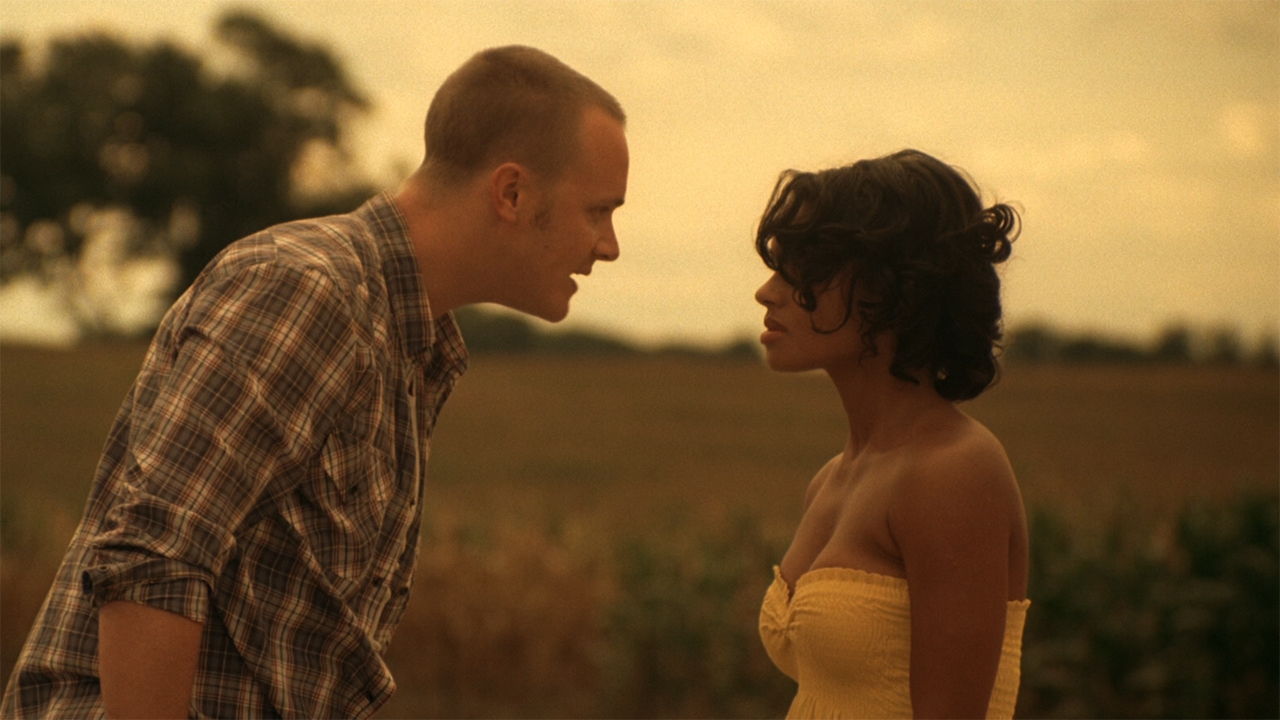
How Donald P. Borchers’ Children Of The Corn Differs From Fritz Kiersch’s Children Of The Corn
Undeniably the most striking difference between Donald Borcher’s Children Of The Corn and the original is the dynamic between Burt (David Anders) and Vicky (Kandyse McClure, who had previously played Sue Snell in the 2002 remake of Carrie). While the protagonists played by Peter Horton and Linda Hamilton were a loving couple struggling together to survive a terrifying situation, the relationship between the pair in the remake can politely be described as “venomous.”
Much of the dialogue comes directly from Stephen King’s short story, but while the sharp shrillness and spatting is diluted in the text by third person perspective and internal monologue, it is all poison as performed by David Anders and Kandyse McClure.
Like the source material and unlike the 1984 film, the bulk of the narrative is made up of the couple sniping as they drive to the terrifying town of Gatlin, Nebraska after striking and killing a child with a slit throat who Burt doesn’t see standing in the middle of the road. With this specific emphasis on the couple, the remake ignores additions from the original adaptation including the mechanic who Burt and Vicky encounter outside Gatlin, and the young heroes Job and Sarah (and good riddance). It does, however, keep Isaac (Preston Bailey) as the leader of the community.
CINEMABLEND NEWSLETTER
Your Daily Blend of Entertainment News
Even without Job and Sarah, there are still some scenes from the perspective of the titular children of the corn – including a flashback intro at the start of the movie with Gatlin’s original prophet (Robert Gerdisch) preaching about his personal connection with God and the sins of adulthood – but these sequences are mostly reserved for the third act in the remake (I’ll get more into detail about them in the next section). Perhaps as a means of distancing itself from the 1984 adaptation, the 2009 one doesn’t show the slaughter of the adults in the small Nebraska town… but there are plenty of corpses seen scattered around.
Fritz Kiersch’s film features what could be described as a “Hollywood-ized” ending, with Vicky, Burt, Job, and Sarah all escaping as Gatlin’s corn is set ablaze – but Donald Borcher doesn’t repeat that mistake. As was originally written by Stephen King, the 2009 TV movie features Vicky being killed while Burt is learning about the history of Gatlin in the town’s church, and then later Burt is killed by He Who Walks Behind The Rows while stranded in the cornfield at night. They are both crucified, and stalks of corn are jammed in their eye sockets.
A la Iron Man (which was released a little over a year earlier), 2009’s Children Of The Corn also features a post-credits scene that adapts a scene from the short story that isn’t in the 1984 film – namely Malachai (Daniel Newman) sacrificing himself to He Who Walks Behind The Rows on his 18th birthday, and the mother of his unborn child, Ruth (Alexa Nikolas) having a vision of burning the cornfield.
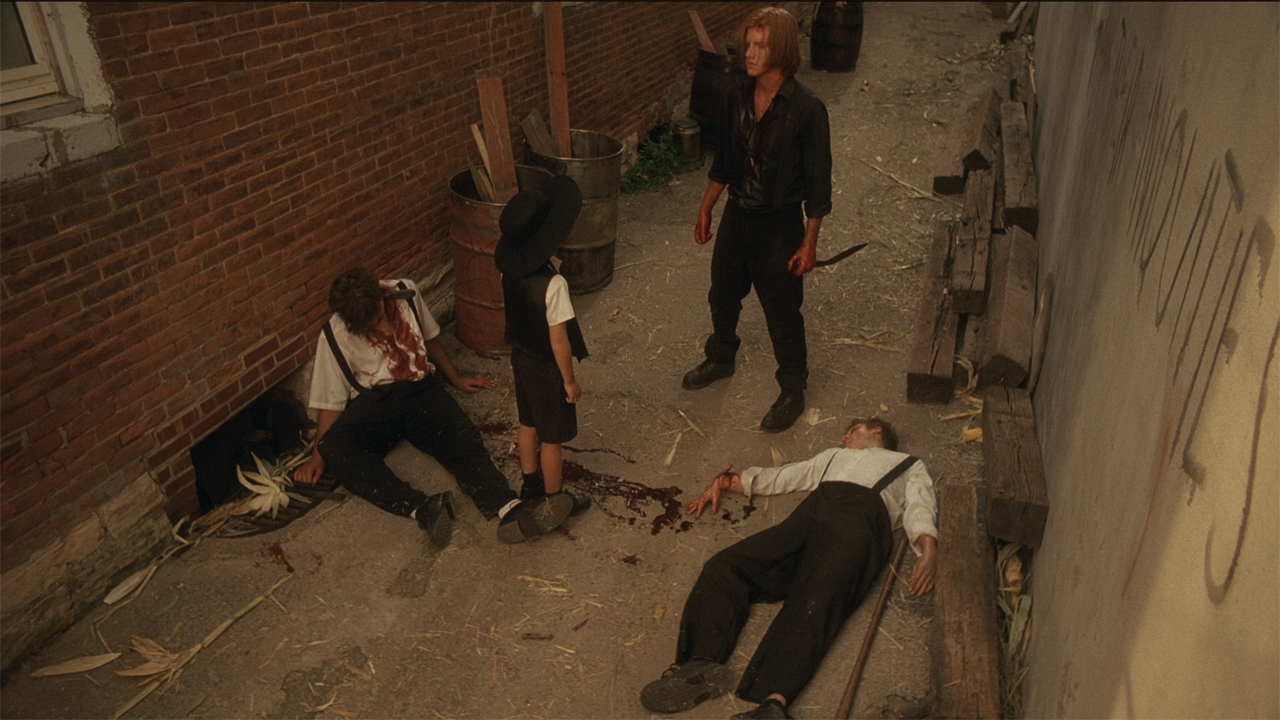
How Donald P. Borchers’ Children Of The Corn Differs From The Short Story
Without access to Stephen King’s original screenplay, it’s hard to say which deviations from the source material in 2009’s Children of the Corn can be attributed to King versus what Donald Borcher added in his aforementioned polish draft. The combination of their work sticks very close to what’s printed in the 1978 short story collection Night Shift… but there are also some notable and surprising additions.
The majority of the film set in 1975, it is introduced early on that Burt served overseas as a soldier in Vietnam, and after that information is delivered the movie proceeds to repeatedly beat the audience over the head with it. Either Vicky is berating him as a killer for his involvement in the war, or Burt is relating everything that is happening to him to his experience in the army.
This detail reaches a boiling point in the third act when Burt is hiding in the corn and trying to evade the children of Gatlin following the death of his wife. The stress induces a post-traumatic stress episode that sees him imagine that he is not in a cornfield, but instead in the jungle fighting the Viet Cong. The end result of this is him coming back to reality and realizing that he hasn’t been killing enemy soldiers, but instead children – including taking a bite out of the neck of a child no older than six.
Disturbing as that may be, it’s actually not the most disturbing bit of invention by Donald Borcher’s Children Of The Corn. Instead, that horrible honor goes to the sequence that unfolds immediately afterward. Remember my note about third act scenes from the perspective of the children of Gatlin? This includes what can only be described as the depiction of a breeding ceremony, with two 18-year-old members of the community having sex while kids of all ages watch them (I can only assume that this was not included in the broadcast version for SyFy, and was added to the movie as part of the “uncut and uncensored” version released on home video.
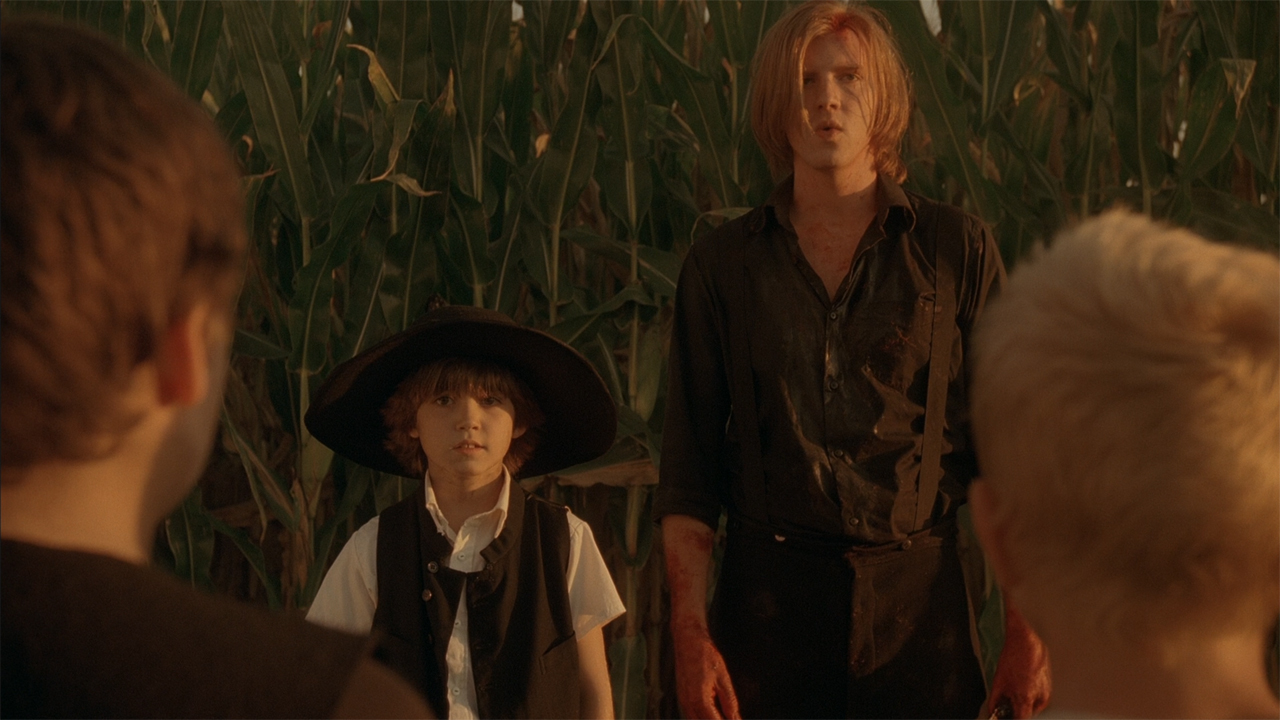
Is It Worthy Of The King?
I have no love for Fritz Kiersch’s Children Of The Corn. It has the distinction of being the first bad Stephen King movie, and is cursed with the double whammy of being both a poor adaptation of the short story and a boring, poorly made film with nothing going for it beyond the shock value in its opening scene.
This in mind, I can appreciate the disdain toward that feature that is embedded in the origin story of Donald Borcher’s Children Of The Corn… but that’s pretty much where appreciation ends. It may be a direct translation of the Stephen King story, but it’s an unbearable 92 minutes that almost gets me to employ the adjective “unwatchable.”
As far as personal sensibilities go, I take no instant issue with movies that feature unlikable protagonists – but the trick behind doing that right rests in making the characters compelling. Burt and Vicky are simply miserable individuals who are constantly vocal about the fact that they hate being trapped together (first on the road trip, then in Gatlin). She does nothing but shriek and complain, and he’s an obnoxious jerk that loses any kind of sympathy when he slaps her across the face (a detail that is admittedly in King’s story – but a smart adaptation would know not to depict that).
Horror movies can sometimes get away with detestable protagonists like Burt and Vicky by letting the audience feel some kind of sick jubilation when they are finally killed – but Children of the Corn doesn’t offer that. Borchers is convinced to the end that viewers are going to cheer on the stranded couple, and he is just so, so wrong.
Most of the film is on the “tedious” spectrum of awful, but there are parts where it veers into “flabbergasting” – particularly in scenes with the children (and I’m actually not talking about the breeding ceremony). There are multiple sequences where a child actor under the age of 10 is not only given a lengthy monologue, but dialogue that feels ripped straight from The King James Version. The enunciation in the delivery is impressive in all cases, but it’s also so clear that the kids have no idea what they are saying that the moments become comical.
Three more Children Of The Corn features have been made since the 2009 movie, including a prequel released in 2020 – which is a shame, because you’d think that the quality of this one would have been able to kill the franchise. More sequels will surely continue to get made as long as there are people in the world who think that they can make a buck based on the IP, but Donald Borcher’s film should at the very least dissuade anybody from ever attempting an actual adaptation of the source material ever again, as I think it proves that the short story is just best left experienced on the page.
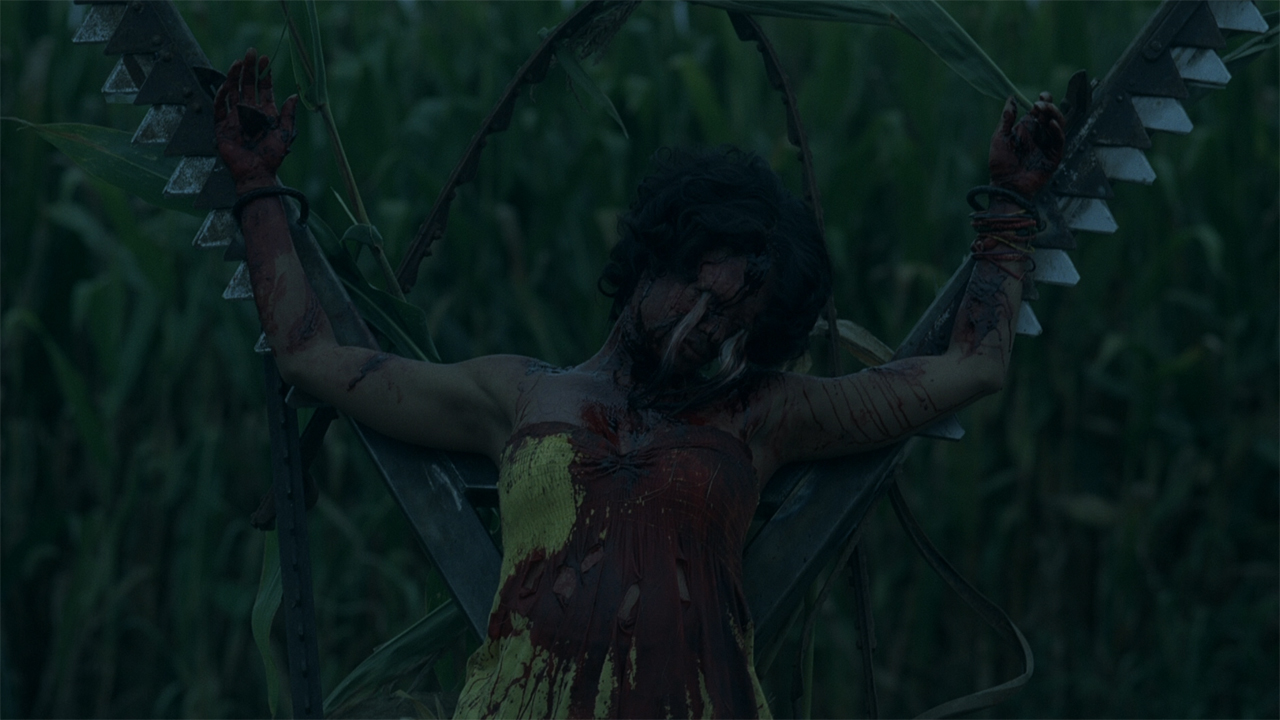
How To Watch Donald P. Borchers’ Children Of The Corn
Digital options to watch Donald P. Borchers’ Children Of The Corn (specifically the “uncut and uncensored” version) are somewhat limited – as it is not available for purchase anywhere, and is only for rent on Google Play and YouTube. This is a case where physical media is the best friend to Stephen King fans, particularly those aiming to build the Ultimate Stephen King collection. A domestic Blu-ray was released by Anchor Bay Entertainment in 2010… but it doesn’t have any special features. For bonus material, you have to pick up the DVD from Lionsgate Home Entertainment.
Adapting Stephen King will be moving back to the CinemaBlend Movies section next week as I’ll be taking a look at Jeff Beesley’s Dolan’s Cadillac starring Wes Bentley and Christian Slater – a feature translation of the novella of the same name featured in King’s 1993 omnibus Nightmares & Dreamscapes. Look for the feature next Wednesday, and between now and then click through the banners below to find all of the previous installments of this column.







Eric Eisenberg is the Assistant Managing Editor at CinemaBlend. After graduating Boston University and earning a bachelor’s degree in journalism, he took a part-time job as a staff writer for CinemaBlend, and after six months was offered the opportunity to move to Los Angeles and take on a newly created West Coast Editor position. Over a decade later, he's continuing to advance his interests and expertise. In addition to conducting filmmaker interviews and contributing to the news and feature content of the site, Eric also oversees the Movie Reviews section, writes the the weekend box office report (published Sundays), and is the site's resident Stephen King expert. He has two King-related columns.
